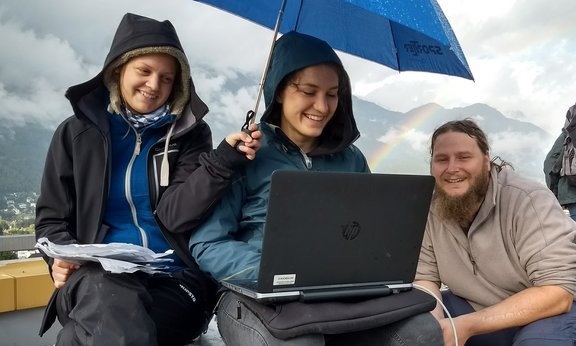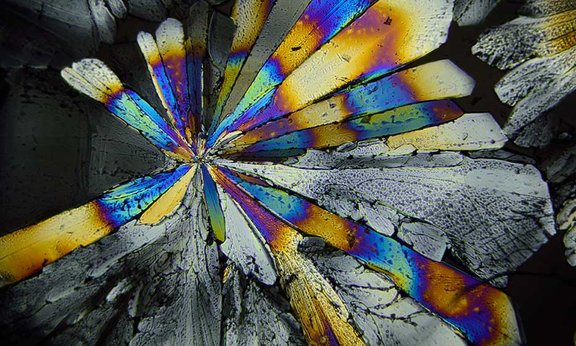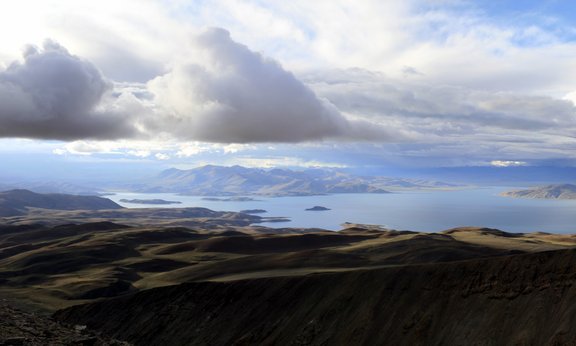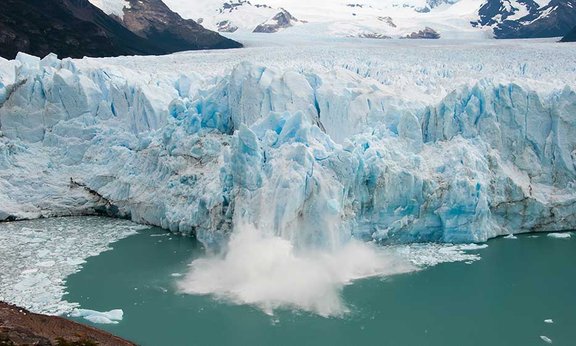Bachelor’s Programme Atmospheric Sciences
You want to better understand the atmospheric climate system and combine different scientific fields?
The Bachelor’s Degree Programme in Atmospheric Sciences is an interdisciplinary programme combining the fields of physics, chemistry, information technology, mathematics and statistics. Students acquire a basic understanding of the atmospheric climate system.
With a focus on atmospheric processes in mountains, the students learn to model, measure and analyse weather, climate changes, air pollutants and glaciers numerically and statistically.
Study Code
UC 033 604
FAQ
Graduates
- understand complex, interacting processes in the earth-atmosphere system and master the tools and methods to analyse and predict them.
- use critical-analytical thinking to solve even unknown problems
- bare proficient in programming language (s), the language of mathematics and methods of statistics and data science and can thus familiarise themselves independently with new tools and methods
Graduates
- have in-depth knowledge and practical skills with which they can understand, analyse and predict complex interacting processes inthe earth's atmospheric system;
- understand the theoretical basics of currents in the atmosphere and air chemistry, the numerical prediction of weather and climate and climate change
- can evaluate and analyze data from the measuring platforms to record the state of the earth's atmosphere system on many spatiotemporal scales
- can - with a profound understanding of the processes in the earth-atmospheric system that lead to climate change as well as the methods and results of climate projections - make a direct and critical contribution to the measures required to reduce the consequences of climate change
- can understand, analyse and predict processes that come about through the interaction of the atmosphere with the mountains (research focus of the institute and first-hand experiences thanks to the location in the Alps)
- are proficient in programming languages and can use skills in statistics, machine learning and data science to analyze and evaluate the huge amounts of data from the measurement and prediction of the earth-atmosphere system and other areas
- have acquired skills in Individual Choice of Specialisation which they can use to work in an interdisciplinary way
- can work in team and head complex projects in their specific fields
Career entry: Graduates are qualified for tasks in private and public weather forecasting and in areas affected by weather, climate and climate change, such as the environment, energy, agriculture and forestry, transport, finance and insurance and tourism. This also includes engineering and planning offices specialising in renewable energies and energy-efficient buildings. Graduates have the necessary skills to contribute to the common good in public institutions at federal and state level in the environmental sector - air quality, hydrography, urban climate, avalanche warning services, etc. The skills in software and data science in combination with analytical thinking enable work in professional fields in which large amounts of data have to be analyzed and processed.
Further studies: The Bachelor's Programme Atmospheric Sciences prepares students for a relevant master's degree in the field of the earth-atmosphere system, e.g. atmospheric sciences, climate sciences, environmental meteorology, glaciology, atmospheric chemistry, hydrology, earth exploration.
Graduates tracking: Shows which occupational fields students enter after graduation
Faculty of Geo- and Atmospheric Sciences Examination Office Information for students with disabilities
Curriculum
From the field
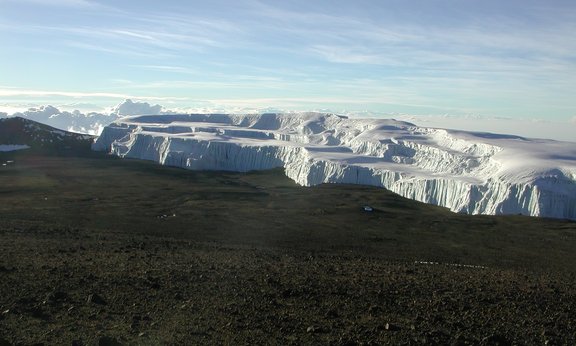
Afrikas Gletscher gehen stark zurück
Die wenigen Gletscher Afrikas schwinden einer Studie zufolge im Zuge der Klimakrise rasch – und könnten bis Mitte des Jahrhunderts verschwunden sein. Auf dem fast 6.000 Meter hohen Kilimandscharo in Tansania, dem etwa 5.300 Meter hohen Mount Kenia in Kenia und dem rund 5.100 Meter hohen Ruwenzori-Gebirge an der Grenze zwischen Uganda und der Demokratischen Republik Kongo haben sich die Eisflächen allein seit den ersten Jahren des 21. Jahrhunderts mehr als halbiert.
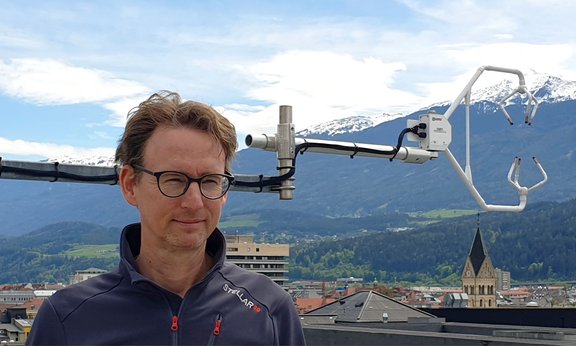
Luftgüte: Lehrmeinung muss revidiert werden
Langzeitmessungen im Stadtgebiet von Innsbruck zeigen, dass der Anteil von bodennahem Ozon in Atmosphärenmodellen tendenziell überschätzt wird. Als Konsequenz muss eine für die Luftgüteprognose grundlegende Lehrmeinung für den urbanen Raum neu interpretiert werden. Die Messungen eines internationalen Teams um den Atmosphärenforscher Thomas Karl belegen außerdem, dass direkte Stickstoffdioxid-Emissionen überbewertet werden.
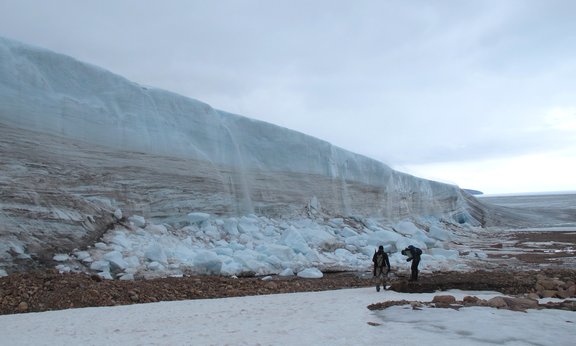
Grönlands Eiswände als Frühwarnsystem fürs Klima
Gletscher, die an Land durch senkrechte Eiswände begrenzt sind, sind rar. Diese Eiskliffe reagieren besonders sensibel auf Veränderungen von Umweltbedingungen. Forschungsteams aus Tirol und der Steiermark untersuchen die Eisformationen an einem Standort hoch im Norden Grönlands. Sie wollen anhand der Veränderungen der Gletscherwände Rückschlüsse auf die Entwicklung des arktischen Klimas ziehen.

CO2-Emissionen in Innsbruck stark zurückgegangen
Luft-Messungen am Atmosphärenobservatorium der Universität Innsbruck zeigen, dass die Kohlendioxidemissionen in Westösterreich seit 2018 um rund 20 Prozent gesunken sind. Die Emissionen liegen damit deutlich unter den von verschiedenen Modellen prognostizierten Werten. Beobachtungsdaten werden zunehmend wichtig, für die Beurteilung der Plausibilität von Treibhausgasbilanzen.

